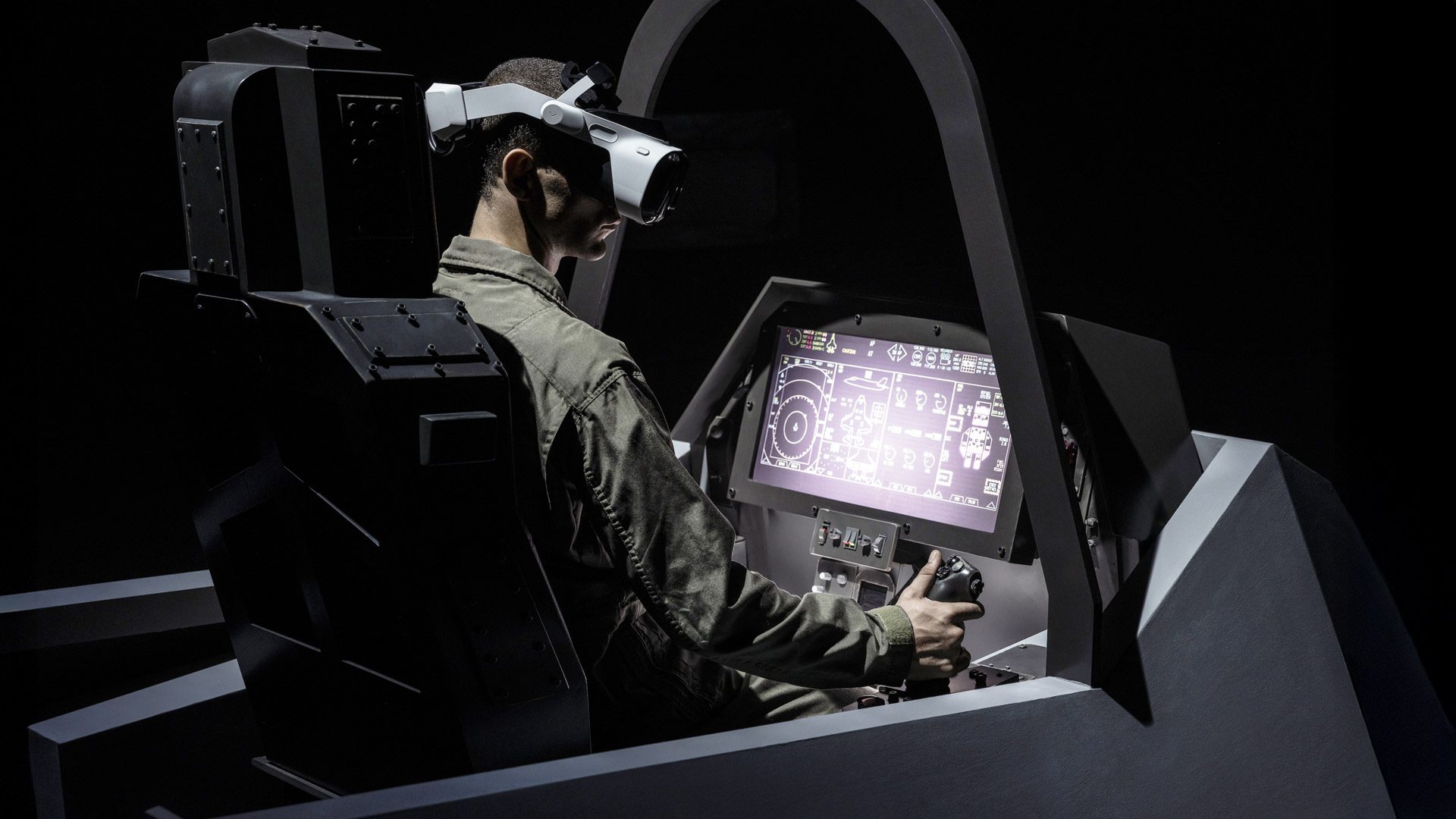Pushing the Intel Xe iGPU up to 3 GHz on the Core Ultra 5 245K really brings a noticeable boost in performance, especially when checking it against Time Spy. Let’s dive into what makes this so impressive.
Intel’s Core Ultra 5 245K packs a punch with its overclocked iGPU, climbing from its stock speed by an impressive 1.1 GHz to hit a peak of 3 GHz. Although the Core Ultra 200S series doesn’t shine with discrete GPUs, it truly excels with integrated graphics. This lineup is Intel’s first attempt to furnish their mainstream desktop processors with robust integrated GPUs, capable of playing many games at decent frame rates.
Built on the Xe-LPG architecture, the Core Ultra 200S processors, particularly the non-F/KF editions, bring Intel’s integrated graphics to the fore. These processors sport 4 Xe Cores, with speeds reaching up to 2.0 GHz. Amongst them, the Core Ultra 5 245K is considered the slowest, being part of the initial release. However, it stands its ground as a solid mid-range option, equipped with 14 cores and an integrated GPU hitting 1.9 GHz right out of the box.
Looking at its baseline performance, the 245K scores between 2100 and 2200 in the 3DMark Time Spy Graphics test. But then, an adventurous overclocker, known as “Arabus,” pushed the iGPU to an impressive 3.0 GHz. This feat is documented on Hwbot, showing significant configuration details and the updated performance insights from Time Spy tests.
Arabus employed the Arctic Freezer 4U-M air cooler for the job—a solid option, albeit not the top-tier choice. Despite this, the overclocker achieved a new 3.0 GHz milestone using this cooler, scoring an impressive 3336 points in the Time Spy Graphics test. This remarkable achievement translates to a 54% performance leap.
The overall performance hit 3798 points, a striking 54% surge from the stock performance levels. Operating at a mere 64° Celsius, this performance is par for the course with a desktop GTX 1650, a commendable budget GPU itself. Consequently, the Core Ultra 5 245K proves capable of delivering playable frame rates at 1080p high settings, all without the need for a high-end AIO cooling setup.
There’s speculation that using an even more powerful AIO cooler could achieve higher frequencies, especially since thermal throttling isn’t a concern here. Overclocking both the CPU and GPU promises to yield even greater results.
It’s worth noting that the 245K was already overclocked to 5.4 GHz on the P-Cores, with more room to stretch. Interestingly, Arabus disabled the E-cores, focusing the CPU operations solely on its 6 performance cores. This adjustment likely kept temperatures in check, avoiding spiking past the 70-degree range. Even so, running in the ups-70s won’t hinder the CPU’s performance during longer play sessions.
News Source: HWbot
If this has piqued your curiosity, feel free to spread the word on Facebook and Twitter!














































